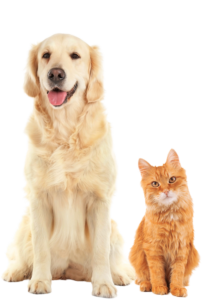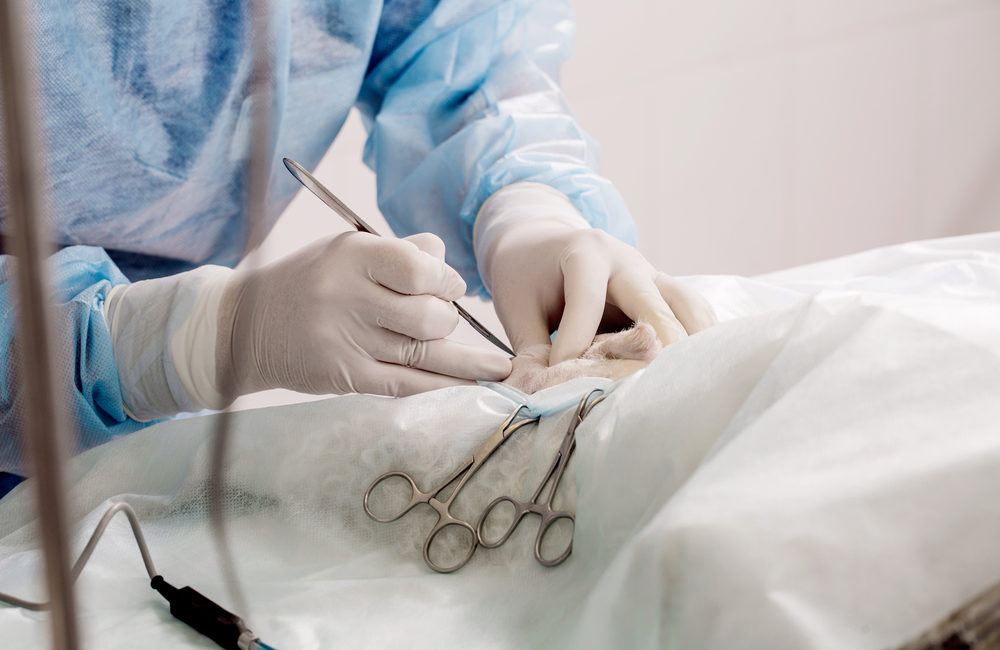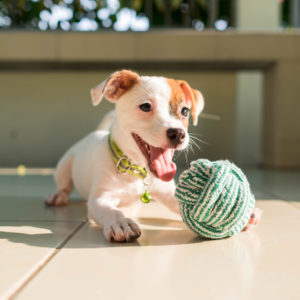One thing that drew me to this practice was the openness to learning new skills in order to better treat our patients and clients.I have the opportunity to treat a sick chicken or become involved in our chemotherapy programs. And my favourite adventure of all, increase my surgical skills. Surgery is a favourite to me for many reasons: the artistry of anatomy, the years of needlework with my grandmother finally put to use, the calm control of the room, the instant gratification of a good mass removal, and so on.
Since I am experienced in soft tissue surgery and have taken an ophthalmological surgery class, the next challenge was orthopedics. Southampton Pet Hospital has been involved in orthopedic surgery for about 12 years, and I am happy to become part of that tradition. Some of the most common problems our pets experience are fractures and cruciate injuries. Fractures are self-explanatory. For those lucky owners who have not experienced the hind leg injury many large breed dogs experience, I will explain. Basically, the anterior cruciate ligament stabilizes the knee/stifle joint during walking. When it tears, the nice bending movement becomes a sliding motion that stimulates inflammation and arthritis = pain.
During the past year, I have taken two courses in cruciate repair. There are a variety of surgical techniques, and nothing entertains me more than to read or listen to surgeons debate about the best technique. The two methods I learned were the extracapsular repair and the tibial tuberosity advancement-2. I personally enjoy these methods since they address the biomechanical abnormalities in a poetic manner with low risk to the patient.
All groups were passionate about providing the best care they could for pets by teaching veterinarians to be comfortable with regular orthopedic procedures. I started my training in Boston, where Slobodan Tepic led a small group through the TTA-2. Over the winter I continued with Dr. Anne Sylvestre’s extracapsular repair in the equally exciting Kitchener Ontario. Fracture repair focused on plating and pinning. I had a special interest in this course since I was recovering from my own fractured limb at the time.
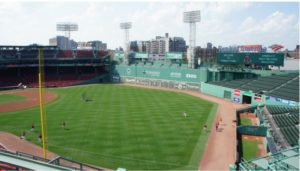
I did not take photos during my course for two reasons:
- I did not want to look like a surgical stalker
- I did not want blood on my camera. This photo is a classic Boston landmark and an item off my husband’s bucket list. The next photo is something off my bucket list
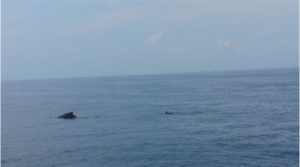
All events were challenging and inspiring. And I finally learned the purpose of calculus! Ask me in clinic someday and I will grab the diagram so you too may admire the power of applied mathematics. I was delighted to practice techniques multiple times and work through difficulties with my teacher on an individual basis. I was motivated by peers who, like myself, appreciated a good suture line and improving professional skills. I am excited to begin helping my patients in a way I could not in the past.
Written by: Dr. Betty Albright, Veterinarian

